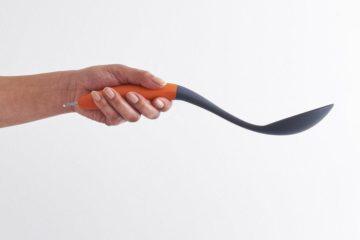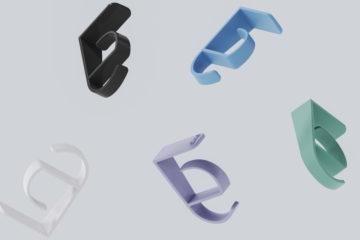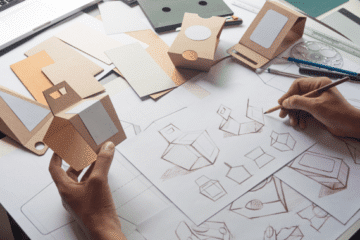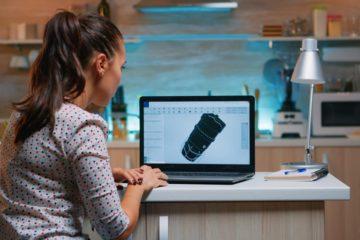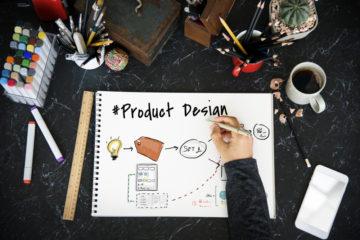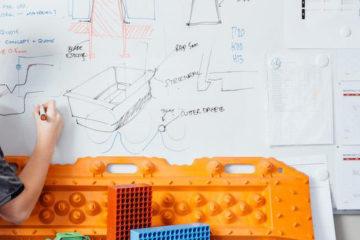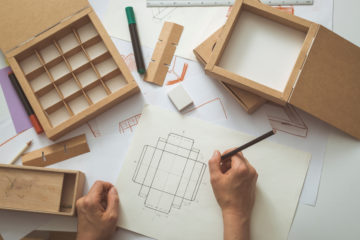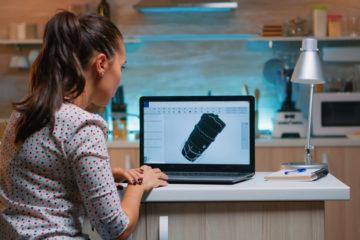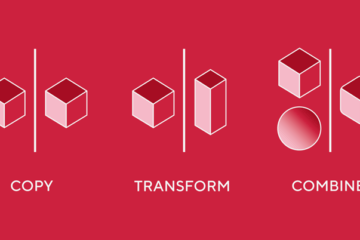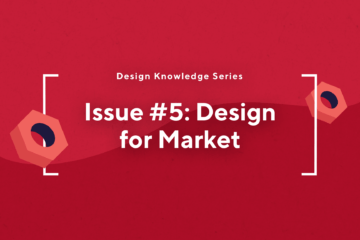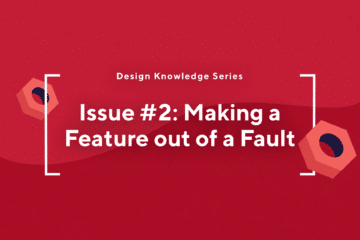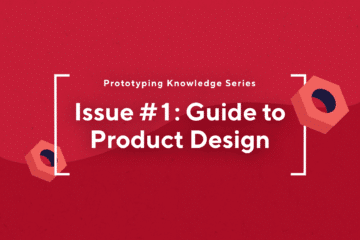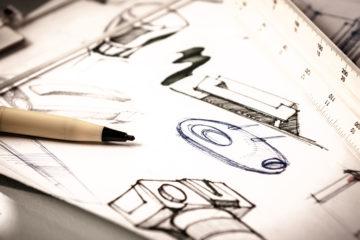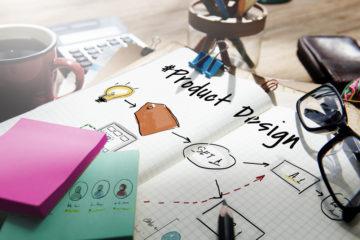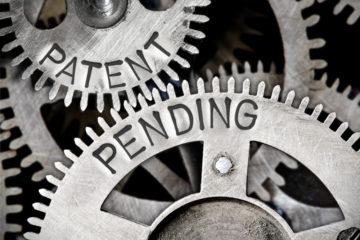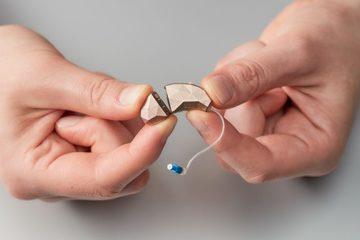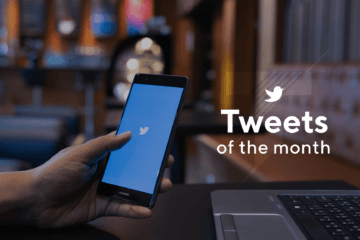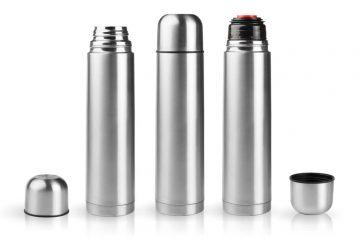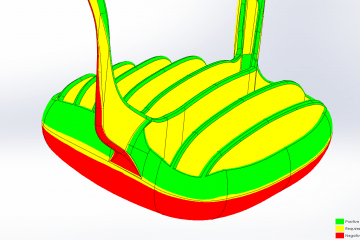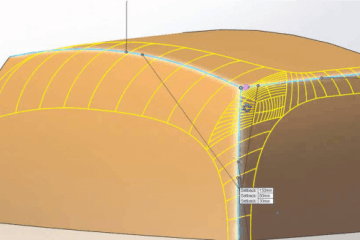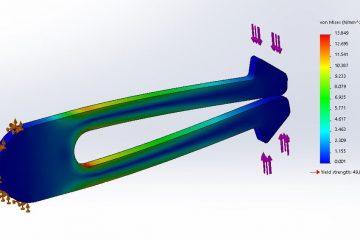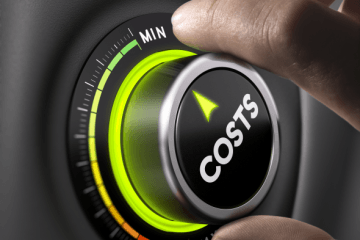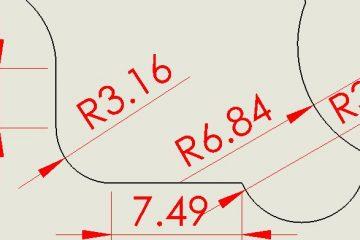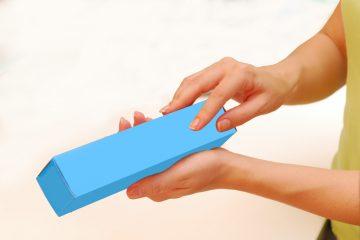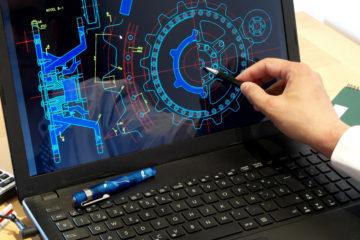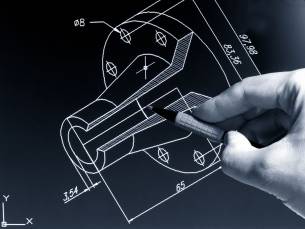
Maybe it’s been a fantasy since childhood. Maybe you had a dream about it that was so intense you got up at 4AM to madly sketch it out. Maybe it’s the next product to build on your existing marketplace success.
It doesn’t matter how ambitious the idea, how vital the concept. Regardless of what you’re trying to manufacture, one question will always come up without fail:
How much will it cost?
And that’s totally fair. We are all limited by the realities of our budget.
But it’s very difficult to give a concrete answer to this question. There are so many variables that go into the creation of a product, and so many things that can change as more is learned – things that can drastically alter previously existing estimates.
At the end of the day, though, sense needs to be made of the variables that comprise your product. An estimate has to come from somewhere.
So, what do we need to do to estimate the cost of your concept?
All by design (and prototyping)
Basically, we need to start designing it to cost it.
The design process makes sense of all the variables in a product because it is focused on bringing the solution to a problem into being.
When your design is guided by the solution to a problem, the realities of all the things that affect estimates from that point onwards – things like size, dimensions, required materials, level of complexity – start to make themselves apparent.
Prototypes then form the major testing tools for these designs. From a design, a prototype can be created to test the effectiveness of the solution, fine-tune the successes, and scrap the failures. Every time we have a problem, there is good scope to make a prototype to help us find the answer, and make the final product cheaper.
Until a physical design is finalised, we cannot really estimate for tooling and production at all. We need the basis of some sort of design to start making reasonable assumptions.
To get the right design, ask the right questions
There are three basic questions we’re aiming to answer in the design process. If you already have the answers, awesome! If not, then designers like us are here to help you dig them up.
- What problem does the product need to solve? Does it need to light up a room, support a weight, fly, protect something or just look awesome?
- How do we make something that solves the problem? If it needs to light up a room, where does it need to be placed and how big does it have to be? If it needs to fly, where is it flying to? If looks are key, just exactly how much awesome do we have to cram inside it?
- How do we make that thing in a cost-effective manner? This is really answered by a series of sub questions.
- Who is going to buy this?
- Where do they buy it from?
- How much is it worth to them?
- How many are we going to make?
Because there are so many ways to approach a problem – each with their own ups and downs – estimates provided without working through these questions are a shot in the dark. And shooting blind can be dangerous.
Then get the right estimate
Estimating based off guesses of a product runs two risks:
- The guess is wrong. That can create a whole lot of confusion, rescoping, re-estimating – inefficiencies of the highest order, basically. But potentially even worse is…
- The product gets never gets underway based off that first guess. The guess may have been outside the development budget allowed, and so the project never went forward. Had some preliminary design work been allowed for, the details could have been worked out and the project actually guided in a way that made it significantly cheaper.
Although the design and prototyping processes can seem esoteric, they exist to answer questions. They eliminate costly guesswork and make crystal clear all the areas where time and money can be saved – and quality gained – across the entire project.
For example, a consumer product in a crowded target market with many possible feature options may spend a long time in design and require a lot or prototyping. This would be done because you have a lot of competitors to beat and you really want to test the hell out of all your ideas to make sure it’s worthwhile. But once designed, it may actually be a simple, easily mouldable part with low tooling and production costs.
Another example is an industrial product in which the creator already completely understands the problem – one in which design is just implementation of their ideas. With a couple of prototypes to validate the design, we could get through this stage quickly. However, the shape required for the part to work may be complex, necessitating complex tooling. This isn’t to say the industrial products are always cheaper to design, but they can be harder to make, so sometimes solving the design problems presents new challenges that would have been missed if care wasn’t taken during the design phase.
What are the nice-to-knows that inform cost?
Since we deal with custom solutions tailored to the task, the best thing you can give us in addition to the design information is your budget and your timeline. That helps us narrow down solutions that work for your production volume and budget.
This goes for all stages, too – there are a bunch of solutions for every part of the process based on what you can afford and how much product you need to make, and understanding the budget and timelines can help us narrow down these solutions even further.
With all of this said, the unknowns tend to hide inside a design. We may come up with a solution we think will work, but some things need to be put into production in order to be properly tested. This we deal with via honesty – if there is risk, you’ll be informed.
So wait. How much will it cost?!
I know, it’s vague. You almost certainly feel no closer to knowing how much your product might cost.
What you do have, though, is a starting point in the form of your design – and your three questions to guide it and the subsequent prototyping:
- What problem does the product need to solve?
- How do we make something that solves the problem?
- How do we make that thing in a cost-effective manner?
Accurate, useful estimates are born of these three simple questions.
If you don’t know where to turn to get the design and prototyping process underway, you’re in luck – realizing products is what we do. And because we do the whole hog from design to manufacture, we are very well-equipped to guide you through the complexities of each stage.
The best bit? We are happy to spend an hour free of charge talking to your next design. So if you’re ready to find the elusive answer to that golden question – how much will it cost? – reach out to us and let’s find out together.
Subscribe to Our Newsletter
Get the latest news from Dienamics into your inbox





